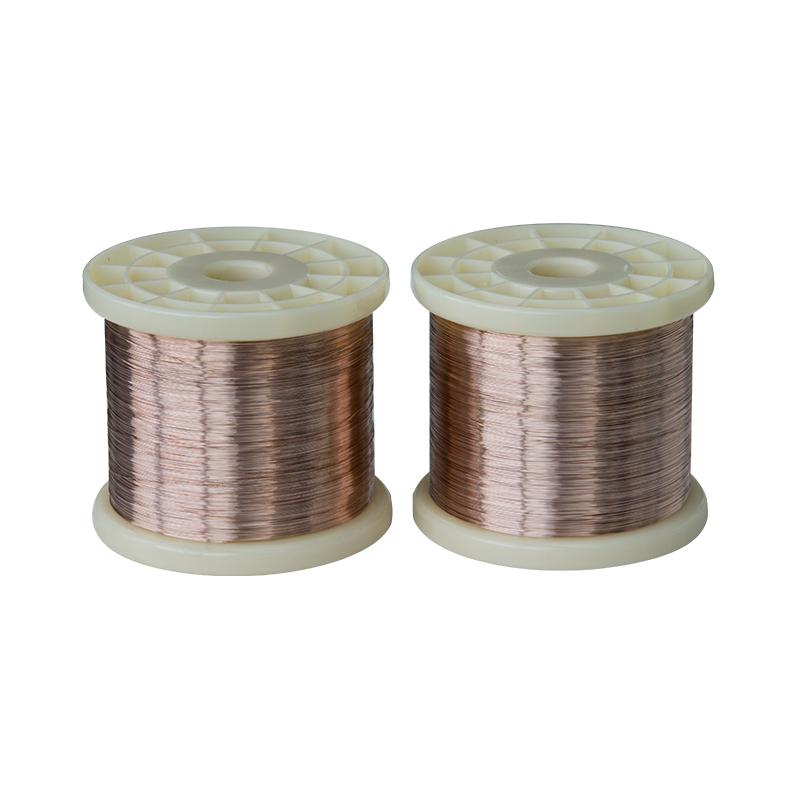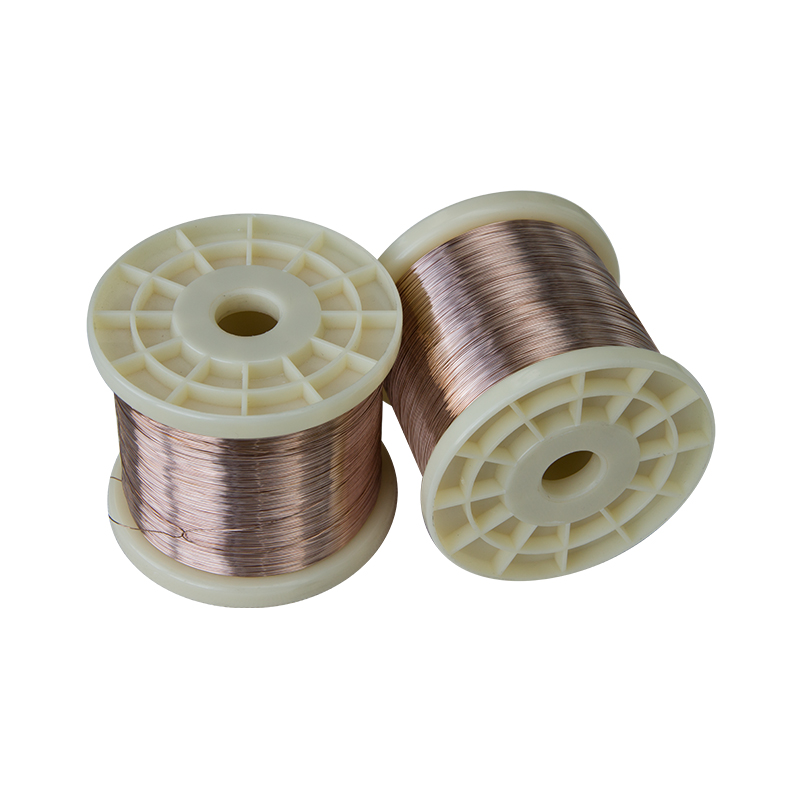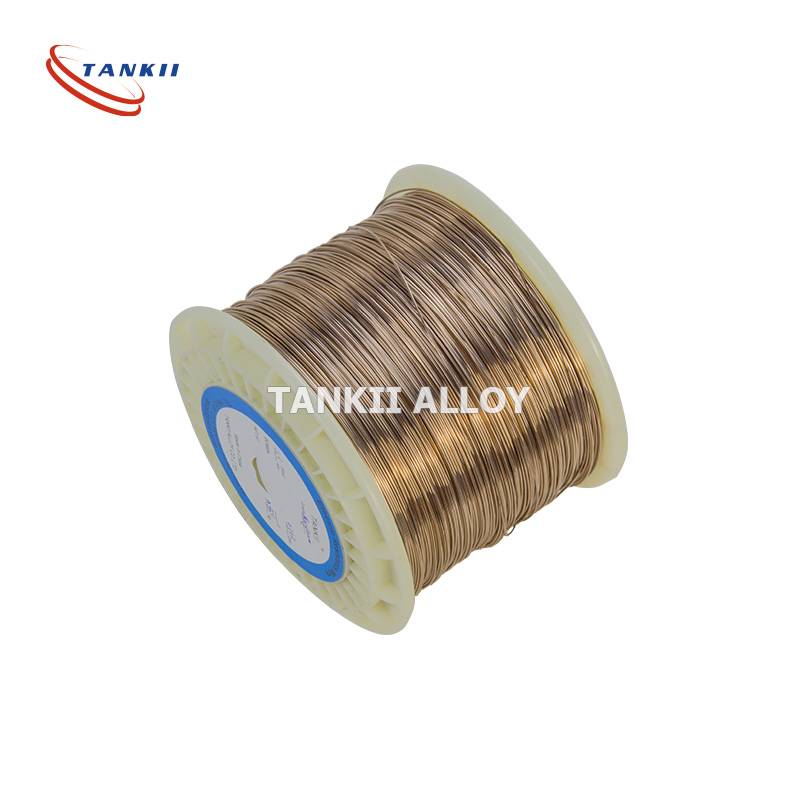Manganin wire 0.08mm to 10mm 6J13, 6J12, 6J11 6J8 low resistance heating alloy
The precision resistance alloy MANGANIN is especially characterized by low temperature coefficient between 20 and 50 °C with a parabolic shape of the R(T) curve, high long term stability of electrical resistance, extremely low thermal EMF versus copper and good working properties.
However, higher thermal loads in a non-oxidizing atmosphere are possible. When used for precision resistors with the highest requirements, the resistors should be carefully stabilised and the application temperature should not exceed 60°C. Exceeding the maximum working temperature in air may result in a resistance drift generated by oxidizing processes.Thus, the long term stability can be affected negatively. As a result, the resistivity as well as the temperature coefficient of the electric resistance may slightly change. It is also used as low cost replacement material for silver solder for hard metal mounting.
The precision resistance alloy MANGANIN is especially characterized by low temperature coefficient between 20 and 50 °C with a parabolic shape of the R(T) curve, high long term stability of electrical resistance, extremely low thermal EMF versus copper and good working properties.
However, higher thermal loads in a non-oxidizing atmosphere are possible. When used for precision resistors with the highest requirements, the resistors should be carefully stabilised and the application temperature should not exceed 60°C. Exceeding the maximum working temperature in air may result in a resistance drift generated by oxidizing processes.Thus, the long term stability can be affected negatively. As a result, the resistivity as well as the temperature coefficient of the electric resistance may slightly change. It is also used as low cost replacement material for silver solder for hard metal mounting.












